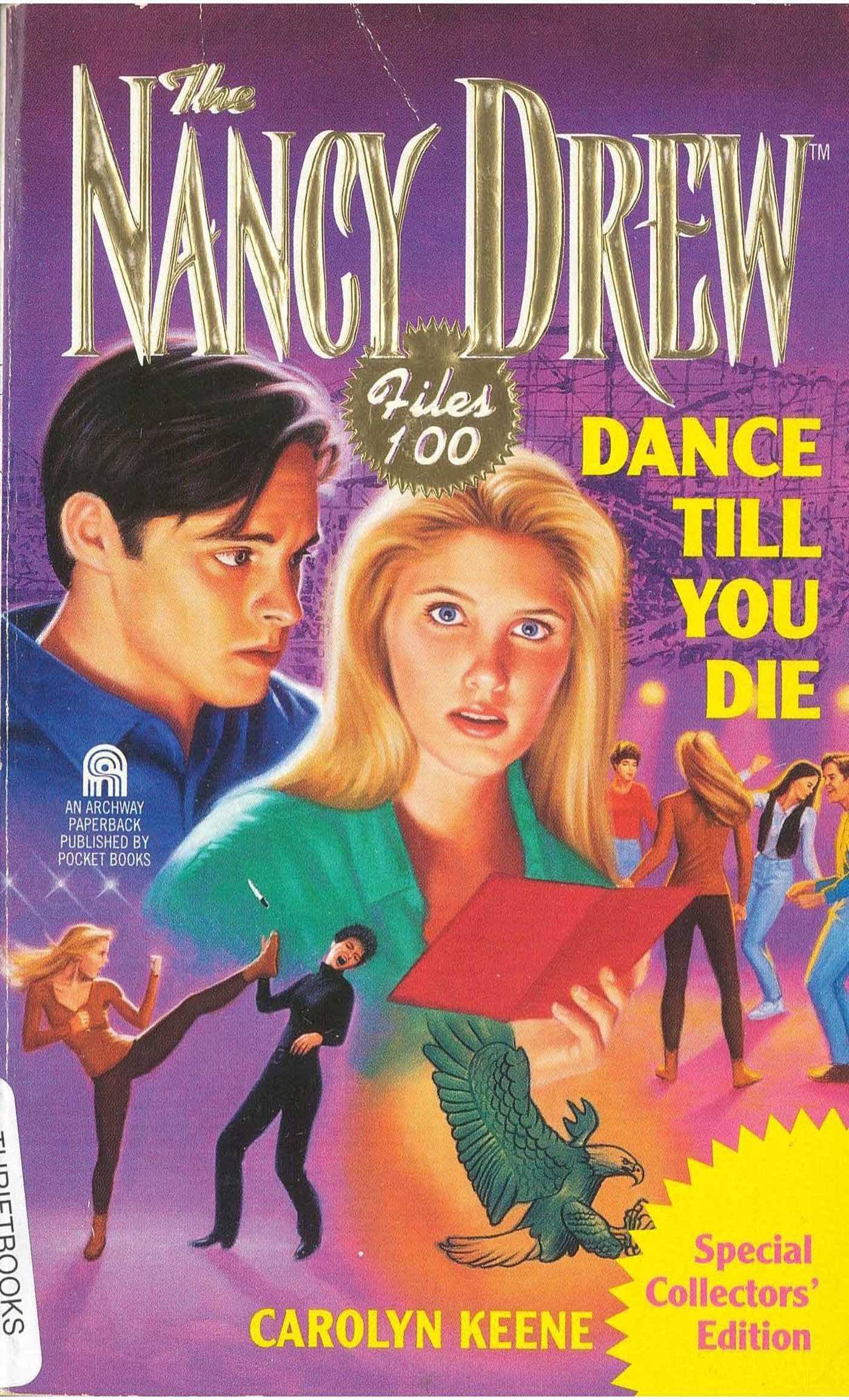

Just as the food (I use the term loosely) at McDonald’s is of a reliably uniform mediocrity, so Keene’s books are predictable farragos of crude, over-the-top horror, action-adventure plots right out of the movies (of the sort, at any rate, that he himself desperately wishes his novels would become), and minimal characterisation, all written in slipshod, plebeian prose that never taxes the intelligence-challenged readers he hopes to attract. All his Leisure Books novels feature a uniform cover design, making it evident to readers that they should know what they are getting. The end result is that Keene has, in a minuscule way, achieved that Holy Grail of the paperback writer: he has become something of a brand name. A fair number of his books have been published by Leisure Books, a firm that habitually churns out pablum of all sorts for the great unwashed.

Since 2000, Keene has published at least forty-three novels, twelve short story collections, and sundry other material-an impressive achievement if his books were of any substance or even bare competence, but quite otherwise if, as appears to be the case, the books in question are nothing but crude and slapdash hackwork. The only horror in Keene’s work is that there is so much of it. And yet, it would appear that some writers still think there is an audience for schlocky, over-the-top horror, usually printed in paperback and with titles usually of the form “The + gerund.” One of the most relentless of these is Brian Keene (b. 1967). Countless hacks sought to capitalise on the craze for horror by churning out novels by the hundreds-with the result that the “boom” died from this surfeit of mediocrity. The horror “boom” of the 1970s and 1980s was itself largely a pop culture phenomenon, and few of the endless array of novels generated during this period-even by such notables as Stephen King, Anne Rice, Clive Barker, and others-have any hope of surviving much beyond our time. Cave, and so on ad infinitum), Dennis Wheatley, and others.

Reynolds, the pulpsters of the 1920s and 1930s (Seabury Quinn, Hugh B. This tendency continued throughout the nineteenth and twentieth centuries with such writers as Thomas Rymer ( Varney the Vampire, 1847), George W. Lewis, Mary Shelley, and Charles Robert Maturin. We can, if we like, trace the origin of “popular” weird fiction to the Gothic novels of the late eighteenth and early nineteenth centuries, when a motley crew of hacks, wannabes, and imitators produced hundreds of utterly forgettable novels and tales that mimicked the genuine contributions of a few noteworthy writers, specifically Ann Radcliffe, M.


 0 kommentar(er)
0 kommentar(er)
